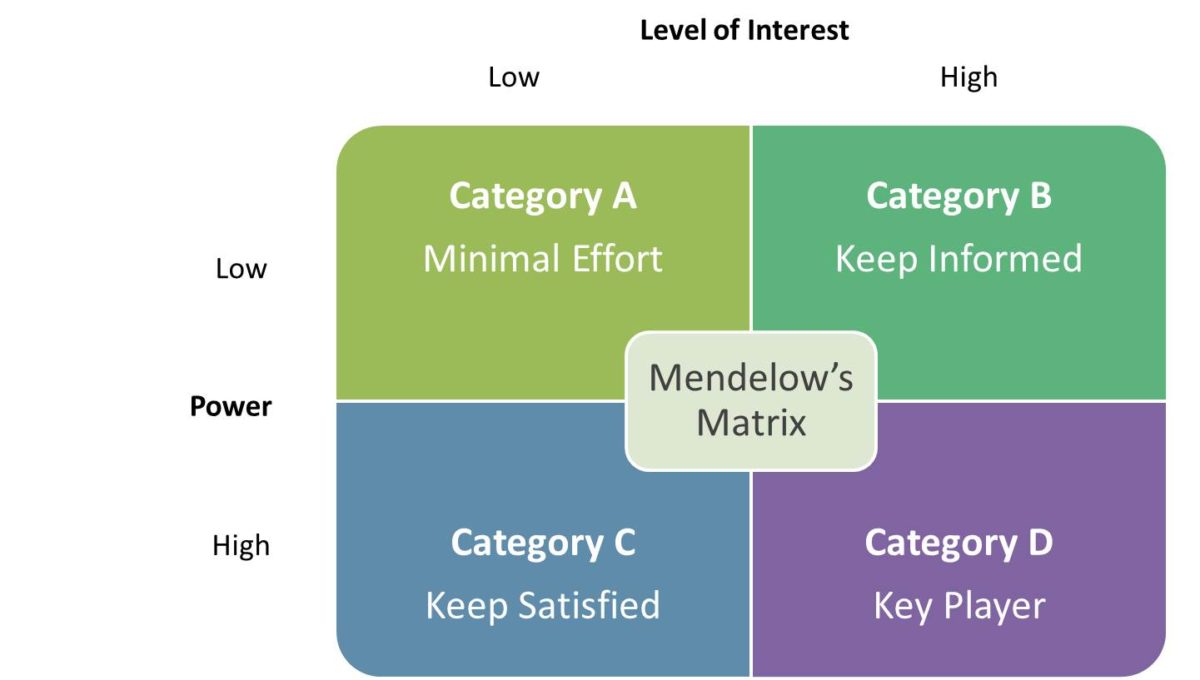An industry-based view, illustrated by Porter (1980), decides firm strategy and performance. Sustainable competitive advantages can be discovered by industry analysis and by selecting from the generic strategies. The competitive strength and the firm’s ability can maintain positional advantages through the efficient and effective implementation of competitive strategy. Secondly, a resource-based view (RBV), was demonstrated by Barney (1991), advocates that firm-specific differences determine strategy and performance. RBV emphases internal resources and capabilities of organisations. RBV portraits companies as idiosyncratic bundles of resources and capabilities that are available for distribution by the organization’s business units. Heterogeneity in the resources and capabilities is the reason of variations in organization performance. Sustainable competitive advantage is not the result of correct position in the external environment but is derived from the organization’s internal resources, which are valuable, inimitable, rare, and nonsubstitutable. Industry-based view and resource-based view are complementary because they settle the relationship between Continue reading
Strategic Management Tools
First Mover Advantage Vs Late Mover Advantage
Companies across the country are consistently being faced with tough decisions regarding business moves to make that will launch them forward in a new competitive market. There are two types of strategies that companies look into when they want to diversify into a different product market. The first approach is called the ‘first mover’ theory and the second is called the ‘late mover’ theory. Both of these strategies have strengths and weaknesses that can either solidify or act as a detriment to the company’s entry into the market. First Mover Theory Advantages and Disadvantages The potential advantages of the first mover theory are numerous. For one, the corporation has the ability to attain exclusive company-product association. It can also find success through the effects of networking and see a rise in consumption as demand grows. First mover theory can help the company determine economies of scale and it can also Continue reading
Theories of First Mover and Late Mover Advantages
Business managers find themselves in a dilemma on the best market entry strategy to adopt among the first and late mover strategies when making an entry into a new market. Theoretical and practical investigations and evaluations into the merits and demerits associated with these approaches could help them make informed decisions on the most appropriate market entry strategy for their firms. Among the advantages a business organization is likely to gain with the first mover strategy is a significant occupation of the target market. This can be in terms of resource capitalization and buyer switching costs. Switching costs stem from the financial burden of initial transaction costs, employee training costs, customer learning costs, and the cost of qualifying a new supplier. Theoretically, switching costs facilitate the creation of value and share of the market although it may not translate to higher profits. Another advantage argued on a theoretical framework is Continue reading
Stakeholder Analysis – Mendelow’s Matrix
As stewards of the shareholder’s investment, directors have a fiduciary duty to safeguard their investment in the business and to work to maintain and increase the wealth of the shareholder. This is the traditional or stockholder view, but a more considerate approach states that companies should not have a limited view; rather they should have an extended view with regard to the whole society. The stakeholder view states that that as an organization is so powerful, socially, politically and economically, unrestrained and injudicious use of their power will eventually lead to the infringement of the rights of other people. The stakeholder theory thus proposes corporate accountability, not just to the shareholders, but to the stakeholders of the company as well. A stakeholder is an entity that can affect, or be affected by the achievement of an organization’s objectives. But, there is considerable dispute about who should be considered to be Continue reading
Reducing Resistance to Organizational Transformations
Every organization goes through a period of change and development at one time or another whether these be big organization mergers, such as companies being bought out such as when Coca-Cola bought Costa coffee for 3.9 billion pounds, or small changes such as an alteration to a software a company uses or the development and implementation of autonomous machinery that helps create an increase in productivity. It has long been argued that companies should apply a participative dialogical approach to manage these changes to help prevent resistance to these changes. However, there is the possibility that this will be resisted due to psychological reasons or self-interest. This essay aims to find out if psychological reasons or self-interest make it impossible to have a truly open and participative approach to organizational development? While looking at how leadership plays in to preparing and guiding through an organizational development. Despite probable positive results, Continue reading
Market Activated Corporate Strategy (MACS) Framework
Market Activated Corporate Strategy (MACS) Framework was developed in the late 1980s. But it wasn’t developed at once. There were several predecessors to this framework. Once of the first can be the BCG Growth-Share Matrix. This matrix represents the market growth rate and the relative market share, and according to the level, the business units were divided into 4 categories. It was used very often before, but over the time more comprehensive tools were designed, to eliminate the weaknesses of BCG Matrix, like the fact that is takes into consideration only two factors, avoiding many many others that have a huge impact on profitability. BCG Matrix also assumes the independence of each business unit, therefore it leads to underestimation of the interconnection that often exists (as “Dogs”, for example, sometimes help in gaining competitive advantage) Another predecessor is the old nine-box matrix, developed by McKinsey. It covers industry attractiveness and Continue reading


